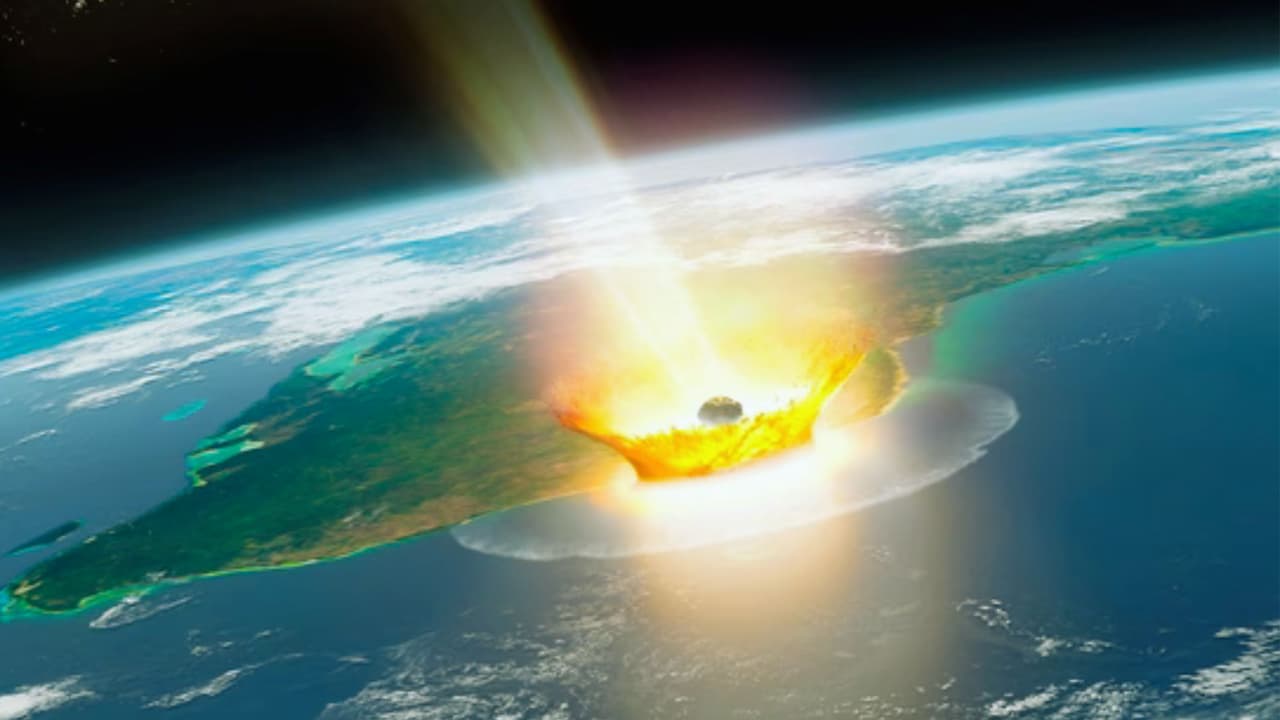Space Guardians: NASA’s Plan to Save Earth from Asteroid Doomsday
Breaking News: In a world where science fiction meets reality, NASA has unveiled its strategy to protect our planet from potential “planet killer” asteroids. While no immediate threats loom, the space agency is gearing up for cosmic defense.
NASA’s latest report, “National Preparedness Strategy and Action Plan for Near-Earth Objects and Hazards and Planetary Defence,” outlines a bold plan to tackle asteroid threats. The strategy? A space-age arsenal that includes launching up to 1,000 spacecraft to deflect incoming celestial bodies.
Lessons from the Past
Sixty-six million years ago, a massive asteroid struck Earth, wiping out 75% of animal species, including the dinosaurs. This cataclysmic event reshaped our planet’s history. Now, armed with cutting-edge technology, scientists are determined to prevent a repeat performance.
NASA’s Cosmic Defense Toolkit
- Kinetic Impactors: Think of these as cosmic battering rams. They are high-speed spacecraft designed to slam into asteroids, knocking them off course.
- The DART Test: In 2022, NASA put theory into practice. The $325 million Double Asteroid Redirection Test (DART) successfully altered the orbit of Dimorphos, a small asteroid moonlet.
- Nuclear Option: For extreme cases, NASA hasn’t ruled out using nuclear devices to break up or deflect large asteroids.
Challenges and Discoveries
The DART mission revealed new challenges. Impacting an asteroid could create smaller, unpredictable fragments. More significant threats would require multiple strikes. A “planet killer” asteroid might need over 1,000 spacecraft to deflect it.
The Nuclear Last Resort
In dire situations, NASA might turn to nuclear explosives. Studies suggest a bomb 200 times more potent than the one used on Hiroshima could deflect a 650-foot asteroid. Aerospace engineer Brent Barbee explains, “A single appropriately sized nuclear explosive device was found capable of deflecting even a 1.5-kilometer size asteroid.”
Worst-case scenario: What If We Fail?
If a “planet killer” hits Earth, the results would be catastrophic. Dr. Steven Goderis, who studied the dinosaur-killing asteroid, paints a grim picture: “All this kinetic energy is converted into heat. When the thing hits the target, it will more than explode; it will be vaporized.”
The impact would create a global dust cloud, blocking sunlight and causing an “impact winter.” Temperatures would plummet, leading to mass extinctions.
Staying Vigilant
While no immediate threats are on NASA’s radar for the next century, the agency remains watchful. Dozens of unknown “planet killer” asteroids could be out there, making preparation crucial.
NASA’s efforts highlight the importance of cosmic vigilance. We’re building a shield to protect Earth from celestial threats by developing these technologies.
As we look to the stars, we’re not just exploring but defending our cosmic home. NASA’s plan shows that when it comes to planetary defense, science fact can be just as thrilling as science fiction.
Stay tuned for more updates on humanity’s quest to become the guardians of our galactic neighborhood!
Table of Contents
